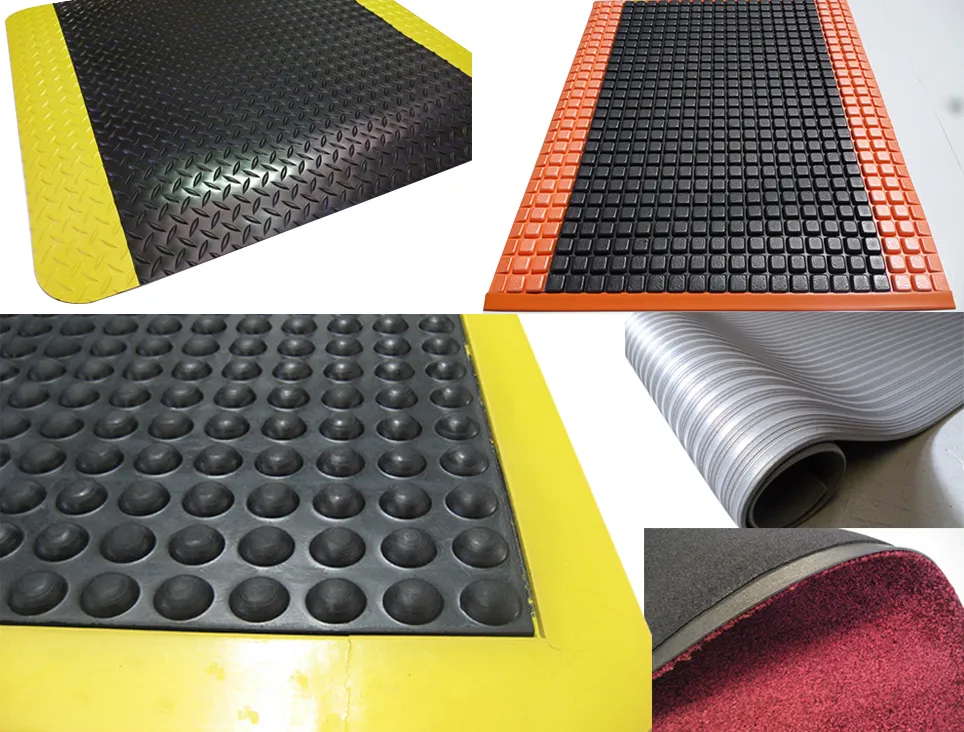Each year, billions of dollars is lost as a result of worker pain. One of the major culprits? Standing. Back pain, leg pain and foot pain can all result from spending a lot of the workday on your feet. Sometimes, however, the surface that you’re standing on is more to blame than standing itself. This is where anti-fatigue mats come in – they provide a much better surface underfoot that helps to decrease the occurrence of pain. Here is what you should consider before purchasing:
A mat that is too soft can actually increase fatigue and is prone to wearing out quickly. One that is too hard, on the other hand, serves little more purpose than standing on the hard floor. You need to choose one that falls somewhere in between these extremes.
Some degree of instability is actually desirable in these sorts of mats. This encourages small postural changes and blood flow, but the instability should not be so much that it increases fatigue or becomes a safety hazard. Too much stability can create pressure points and discomfort.
When a soft mat’s cushioning material becomes fully compressed, it begins to act like a mat that is too hard – in other words, the cushioning material stops serving its intended purpose. The material needs to strike a balance between being too hard and too soft.

A responsive mat will rapidly return to its original shape as the worker shifts their weight. If its rebound is delayed, however, the worker might actually be walking on partially compressed cushioning, which reduces the anti fatigue benefits it offers.
Falls and sudden movements can be adequately cushioned if the anti fatigue mat can absorb shocks without bottoming out. If it absorbs too much energy, however, it may mimic the sensation of standing on sand (which makes for an uncomfortable work surface).
Any mat that moves easily can become a safety hazard. Sometimes, it can be the fault of the material – when certain foams are used, they can break down and create a slippery layer of ‘dust’ between the mat and the floor. Other times, it’s simply because it’s too lightweight.
Some designs and materials are known to trap dirt and even harbour bacteria, which can make them difficult to clean and could even lead to unsanitary conditions. Others are designed with easy cleaning in mind; choose these for the health care or food service industries.
Ask yourself questions like – how quickly does it wear out and how often does it need to be replaced? Some are able to retain their effectiveness longer than others; these are the mats that you should be looking for. The real value lies in its ability to be long lasting.
Ultimately, finding an effective anti fatigue mat depends on pretty much everything – from the materials used in the mats’ manufacture and its overall design to its durability and where it will be used. Understanding what makes one mat more effective than another is key to making the right purchasing decision; we hope that the considerations outlined here have made your selection easier than ever. Contact us if you require any more assistance.